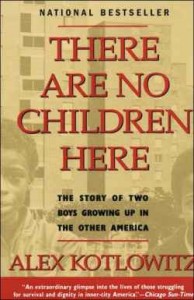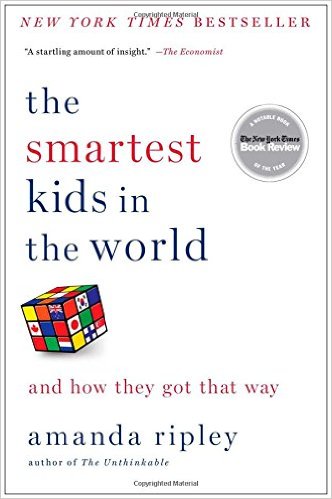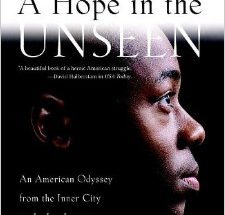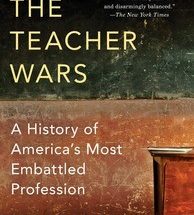“There Are No Children Here,” by Alex Kotlowitz, tells the heartbreaking story about two boys growing up in a Chicago housing project in the late 80’s.

It’s a coming of age story in an environment where children grow up too fast and are quickly disillusioned by the system. Kotlowitz follows the Rivers family, mainly the mother LaJoe and two of her sons Lafeyette and Pharoah. The story is set in a building called Henry Horner, a housing project generally neglected by the city and ridden with crime. Two opposing gangs call the area home: the Vice Lords and the Disciples. It is because of these gangs that many children lose themselves to the neighborhood; joining gangs they not necessarily wish to be a part of, or getting arrested for crimes that don’t always involve them.
The prevalence of gang violence is the primary reason many of these kids drop out of school and put their education at the end of a long list of priorities. In a place where death is expected, staying alive is priority number one. It’s a prime example of how the education system can inspire but cannot save everyone. Unfortunately, receiving a high school diploma and attending college is a rare light at the end of the tunnel for all of the young people living in and around Henry Horner. And because violence could strike at any moment, most of the children have seen and heard things that no one would ever wish upon them; gun violence from both opposing gang members and even the police. These kids are forced to grow up fast and tend to their families, and many kids become young parents themselves.
Lafayette and his younger brother Pharoah represent the ones who are trying to resist the neighborhood. Pharoah is one of the kids who so desperately wants to hold on to his childhood. While he has a very strong stutter, he tries very hard in school and proves to be an excellent speller. However, he is able to spell many words he has never even seen in print, reading is not a high priority at home. For him, excelling in school is the way out of Henry Horner and into a new life. However Kotlowitz shows us that it’s not as easy as that.
At one point in the story, afamily member, Dawn, graduates high school and is accepted into college. But it quickly becomes apparent that completing college and finding a new life outside of Horner is not as simple as it looks. With multiple children and bills to pay, the dream of graduating college quickly dissipates. Even with drive, the situation at hand often proves to be stronger. In the end, Kotlowitz himself ends up helping the boys get into private middle schools, and while they come across many obstacles they both eventually succeed. While thestory is sad and at times hard to swallow, it’s a story that many people living below the poverty level share. It’s a harsh reality that it’s often easier to succumb to the dangers of the neighborhood than to resist them.



